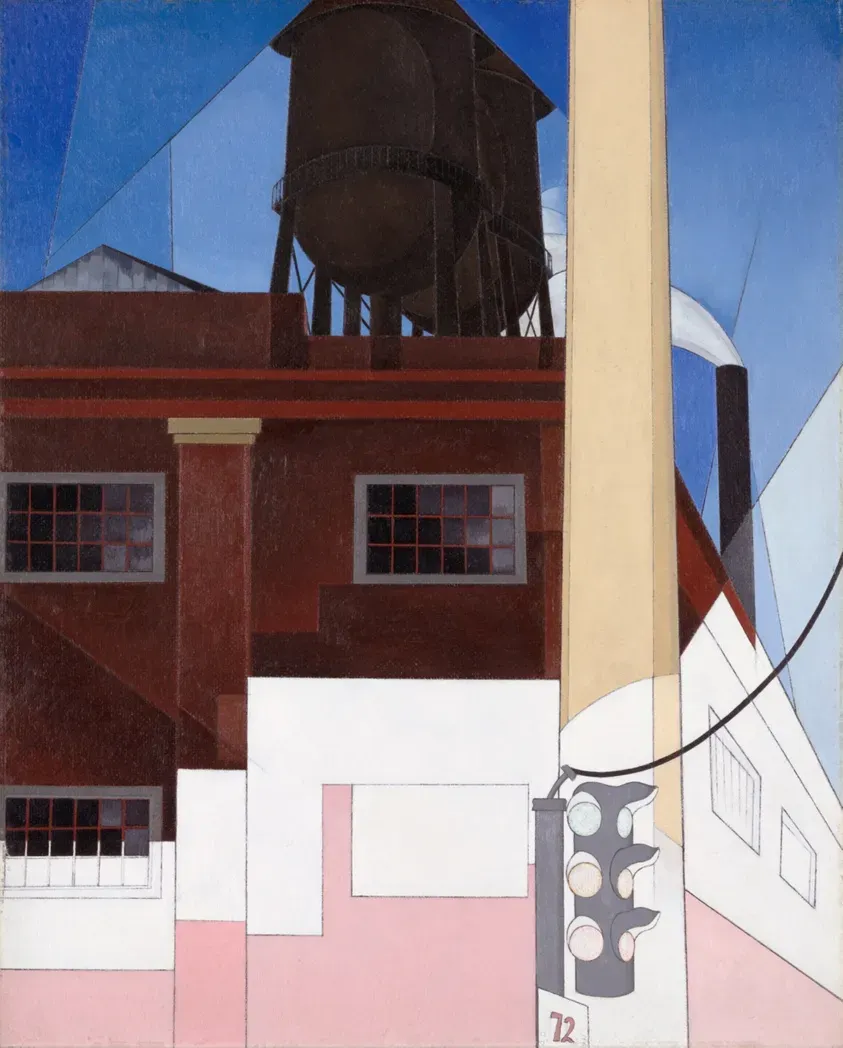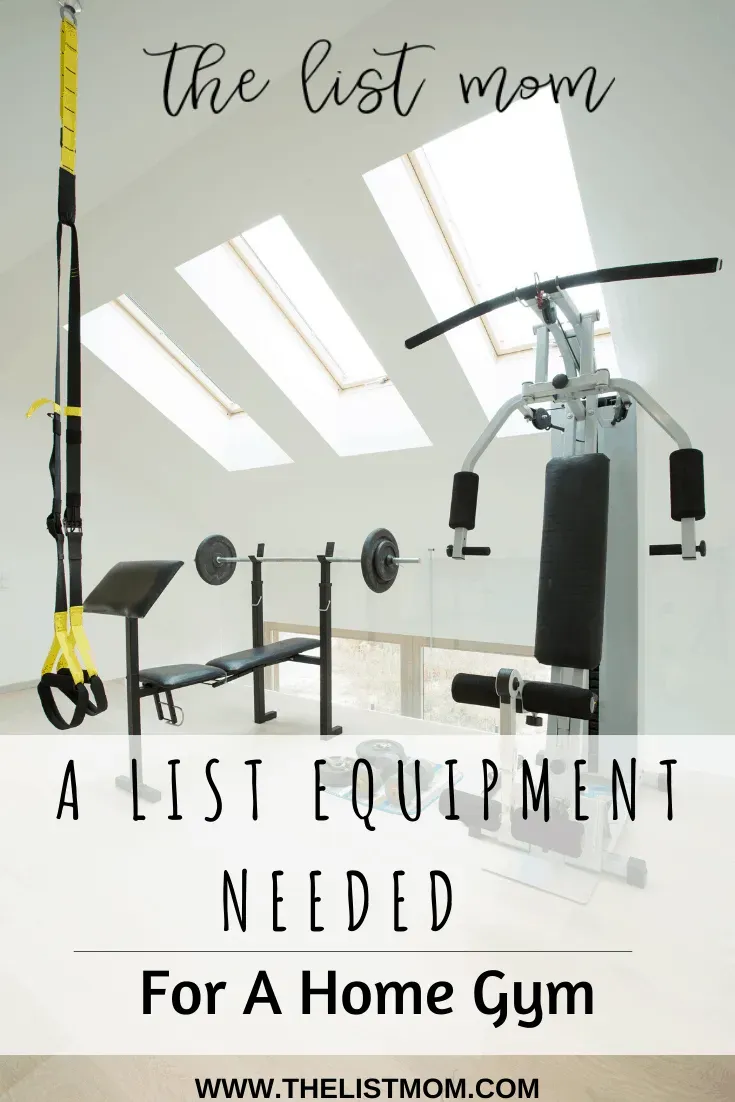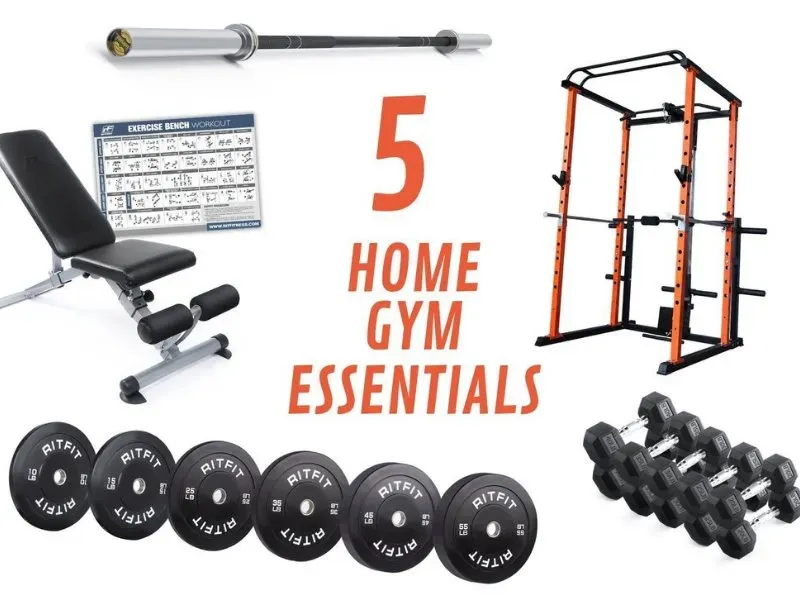Table of Contents
Tired of trekking to a crowded gym, waiting for the squat rack, or just want the freedom to work out in your pajamas? Building a home gym sounds great, right? But then the questions hit: where do I start? What equipment do I need for a home gym that won't break the bank or turn my living room into a cluttered mess? It feels like a workout just figuring out the gear.
Starting Your Home Gym: Essential Equipment Basics
Starting Your Home Gym: Essential Equipment Basics
Getting Started Without Breaking the Bank
let's talk brass tacks about what equipment do I need for a home gym when you're just starting out. Forget the fancy machines for a minute. The real foundation of a solid home setup, especially if you're leaning towards bodyweight stuff or just getting fit, starts with a few simple, effective pieces. You need things that give you versatility for different movements and don't take up your entire garage or living room. Think functional, not flashy. These are the workhorses that will build your base strength and allow you to hit major muscle groups effectively.
- A sturdy pull-up bar (doorway or wall-mounted)
- A set of adjustable dumbbells or resistance bands
- A jump rope
- A yoga mat or exercise mat
- Maybe a kettlebell to mix things up
Expanding Your Setup: What Equipment Do I Need For a Home Gym Beyond the Fundamentals?
Expanding Your Setup: What Equipment Do I Need For a Home Gym Beyond the Fundamentals?
Adding Serious Iron (or Rubber)
so you've nailed the basics. You can do pull-ups, you're sweating with your jump rope, and those adjustable dumbbells are getting light. Now you're asking, "Alright, what equipment do I need for a home gym to really step it up?" This is where you start thinking about adding serious resistance. We're talking barbells and plates, or maybe heavier, more specific resistance bands if space is a killer. A standard Olympic barbell and a decent set of bumper plates (they're quieter and kinder to your floor if you drop them, which you probably will eventually) open up a world of squats, deadlifts, presses, and rows. It's the backbone of serious strength training. If you're not ready for a full barbell setup, heavier kettlebells or a wider range of dumbbell weights are the next logical step. Don't skimp here; cheap weights are often poorly balanced and can be dangerous.
Getting Off the Floor: Benches and Racks
Once you have some weight to throw around, you'll quickly realize that doing everything standing gets old, and some key exercises require support. This is where a good weight bench comes in. An adjustable bench is gold because it lets you do incline, flat, and decline presses, seated shoulder work, and even step-ups. It instantly adds dimensions to your workouts. If you're getting into barbell work, a squat rack or power cage is almost non-negotiable for safety, especially if you train alone. Trying to bench press heavy weight without safeties is just asking for a trip to the emergency room. A rack also gives you a place for pull-ups and can be used for exercises like rack pulls or pin squats. It's a bigger investment in space and cash, but it unlocks serious potential.
- Adjustable weight bench (look for sturdy construction)
- Squat rack or power cage (prioritize safety features)
- More weight plates (build up gradually)
- Heavier kettlebells or dumbbells
- Resistance bands with varying tension
Fine-Tuning and Specialty Gear
Beyond the core strength pieces, there's gear that can refine your training or target specific weaknesses. Gymnastic rings, hung from your rack or a sturdy beam, are incredible for upper body strength and stability – think dips, rows, muscle-ups if you're feeling ambitious. A plyo box is great for jumping exercises and step-ups. For recovery and mobility, a decent foam roller and maybe a lacrosse ball are essential for working out kinks. Weighted vests can add challenge to bodyweight movements like pull-ups and push-ups. This kind of equipment isn't strictly necessary when you start, but it provides ways to keep progressing and address specific training needs as you get more experienced and figure out what equipment do I need for a home gym to match your evolving goals.
Fitting It In: Space, Budget, and Smart Equipment Choices for Your Home Gym
Fitting It In: Space, Budget, and Smart Equipment Choices for Your Home Gym
Making the Most of Tight Spaces
let's be real. Not everyone has a dedicated basement or a spare room they can turn into a sprawling gym. Most of us are trying to squeeze fitness into a corner of the living room, a slice of the garage, or even just a spot in the bedroom. So, when figuring out what equipment do I need for a home gym, space is usually the first hurdle.
The key here is multi-functionality and smart storage. Think vertically. Can a pull-up bar go in a doorway or on a wall? Can weights stack neatly? Adjustable dumbbells are a game-changer because one pair replaces an entire rack of traditional ones. Resistance bands fold up smaller than a t-shirt. Even a bench can often be folded or stored upright. Look for equipment designed for home use – it's often more compact or has features that make it easier to tuck away when you're done. Don't buy a massive leg press if you live in a studio apartment.
Budgeting for Your Home Fitness Journey
Beyond space, the next big question is usually the budget. Setting up a home gym can range from almost free (using bodyweight and maybe a cheap jump rope) to costing thousands of dollars. So, what equipment do I need for a home gym when my wallet isn't exactly overflowing?
Start small and build gradually. You don't need everything on day one. Prioritize the equipment that gives you the most bang for your buck based on your current fitness level and goals. A good set of adjustable dumbbells or a sturdy kettlebell might be all you need for months. Look for used equipment – people are always selling weights, benches, or racks they no longer use. Just make sure it's in good condition and safe. Don't feel pressured to buy the absolute top-of-the-line gear; reliable, mid-range equipment will serve you well.
Here's a quick look at some space-saving and budget-friendly swaps:
- Instead of a full dumbbell rack, get adjustable dumbbells.
- Instead of multiple kettlebells, start with one and focus on complex movements.
- Instead of a cable machine, use resistance bands.
- Instead of a leg press machine, use bodyweight squats, lunges, and step-ups with added weight.
- Instead of a bulky treadmill, get a jump rope or use outdoor running.
Maintaining and Evolving: Keeping Your Home Gym Functional
Maintaining and Evolving: Keeping Your Home Gym Functional
Keeping Your Gear in Shape
you've figured out what equipment do I need for a home gym, you've bought it, you've set it up. Now what? Don't just let it gather dust or, worse, rust. This gear is an investment in your health, so treat it like one. Weights need to be wiped down sometimes, especially if you sweat like you're standing under a shower. Racks need bolts checked periodically – you really don't want a squat rack deciding to disassemble itself mid-set. Resistance bands degrade over time; check them for nicks or weak spots before they snap and whip you in the face. A little preventative maintenance goes a long way to ensuring your home gym is safe and ready to go whenever you are, not a hazard zone.
Adapting Your Arsenal as You Progress
Your fitness journey isn't static, and neither should your home gym setup be forever frozen in time. As you get stronger, faster, or more flexible, the answer to "what equipment do I need for a home gym *now*?" might change. Those 15-pound dumbbells that felt heavy starting out? They're now good for warming up. You might need to add heavier plates, invest in a specialized bar (like a trap bar for deadlifts), or get some rings to challenge your upper body in new ways. Maybe you've decided you hate cardio and need a rower. This isn't about constantly buying new stuff, but about strategically adding pieces that support your *current* goals and keep you challenged. It's an evolution, not a one-time purchase.
Think about what exercises are getting easy. What muscle groups are you struggling to challenge effectively? That's usually a good sign you might need a specific piece of equipment to push through a plateau.
Signs you might need new gear:
- Your heaviest dumbbells are only challenging for high reps.
- You can easily do 20+ pull-ups without assistance.
- You've mastered all the exercises you can do with your current setup.
- A specific goal (like training for a half marathon or learning muscle-ups) requires specialized equipment.
Consistency is King (and Queen)
Having the perfect setup for what equipment do I need for a home gym means nothing if you don't actually *use* it. The biggest hurdle for many people isn't the gear itself, but showing up consistently. Your home gym should be a place you *want* to be. Keep it clean, organized, and maybe put up a cheap speaker for some tunes. Schedule your workouts like any other appointment. It's easy to skip a session when your commute is just down the hall. Remind yourself why you built the space in the first place – convenience, privacy, efficiency. That shiny new barbell won't lift itself, sadly. The real gains come from the work you put in, day after day, using the equipment you've carefully chosen.
Building Your Home Gym, Your Way
So, figuring out what equipment do I need for a home gym isn't about filling a space with expensive gear. It's about making deliberate choices based on what you want to achieve, how much room you've got, and what you're willing to spend. Start with the basics that offer versatility, add pieces as you progress or your goals shift, and don't underestimate the power of simple, effective tools. Your home gym should be a place where you can consistently challenge yourself, not a museum of unused machines. It might take some trial and error, but building a functional workout space at home is definitely within reach.